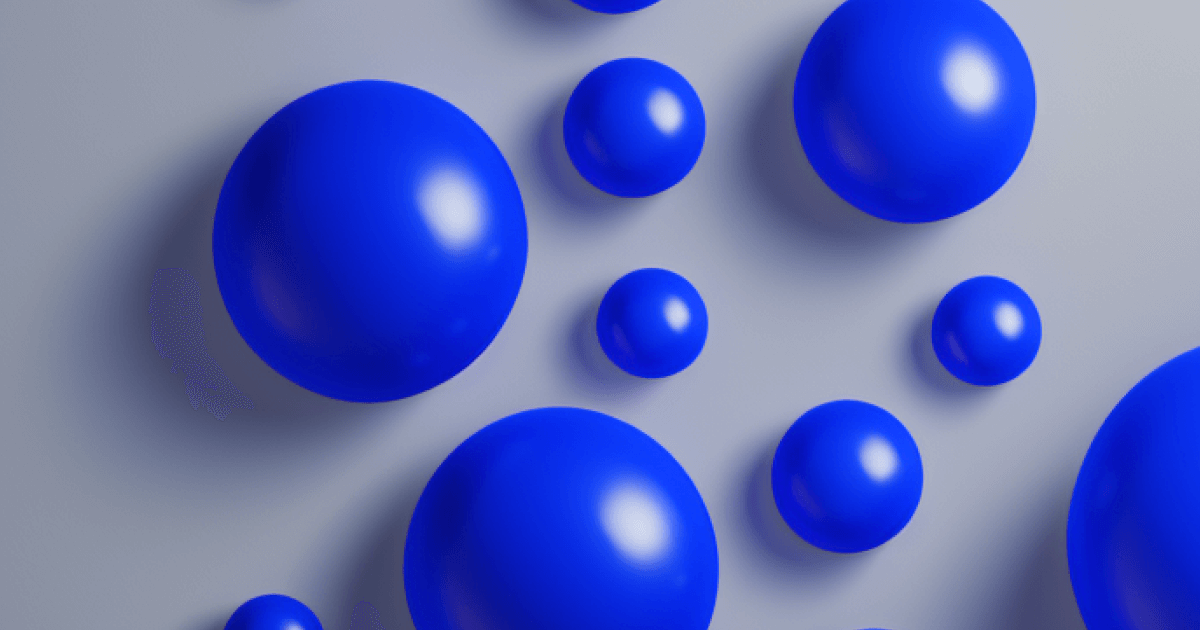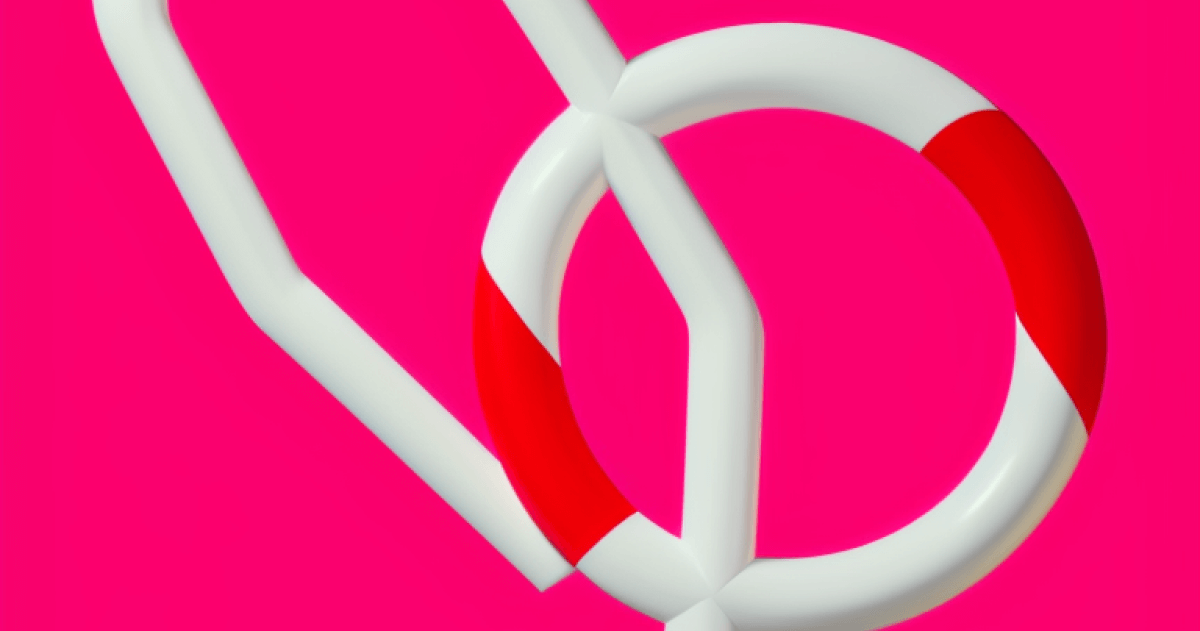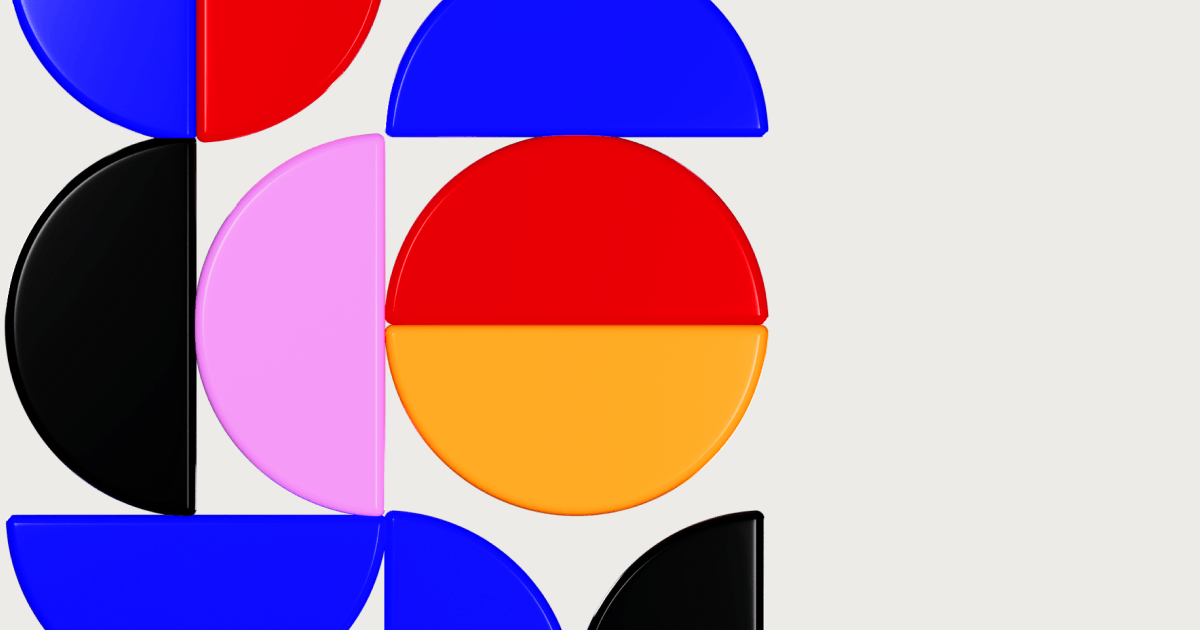Web 3.0
7 min read
The 7 Types of NFTs You Need to Know
With all the jargon thrown out there, the simplest way to explain NFTs(non-fungible tokens) is this: NFT is a unique identifier that assigns and proves ownership of digital goods, such as art, music, tweets. It’s like a digital contract that verifies ownership of a digital asset. Just like in traditional art – you can buy thousands of copies of Van Gogh’s Sunflowers on Amazon for $50, but the original paintings are owned by the Vincent van Gogh Foundation. Similarly, if you create a unique illustration and sell it online, the actual original work could be owned by one person, regardless of the number of copies that you can duplicate.
The NFT technology allows you to track the ownership and history of each piece of art, as well as ensure that no two pieces are ever identical.
NFTs create digital scarcity, something that seemed impossible a few years ago. This impacts how we use the web, market products, buy and sell art, and even create and enjoy music. According to Bored Ape Yacht Club member Jace Kay, 2022 appears to be the year when the promise of Web 3.0 and NFTs will truly take hold.
As the web enters a more decentralised era, with users taking control of their data, demand for NFTs is expected to grow. We predict that throughout 2022, the majority of major gaming firms will have used NFTs in their games.
Although many like to label NFTs like “collectable JPGs”, the application of the NFT technology goes much beyond design. We’ve shortlisted the main 7 ways NFTs are being used at the moment.
Avatars / Profile-picture projects
Without a doubt, this is the most popular type of NFT at the moment, with OpenSea being literally flooded by hundreds of profile-picture projects. It all started with Larva Lab’s CryptoPunk, but the model was really popularised by the Bored Ape Yacht Club. Other project include – Hape, Cool Cats, World of Women, Doodles, etc. The reason these projects are so successful is that they use the power of of the community to create social media buzz and grow their communities. Like it or not, with the growth of the Metaverse, NFT avatars are here to stay, as they’ll be your web 3 profile photo.
1/1 Artwork
In contrast, many artists choose to release individual art pieces sporadically. Their focus is the value and quality of their art and their leverage as artists, rather than creating a buzz and community around a project. Great examples, are Aeforia and Jack Butcher. To browse 1/1 art projects, most popular platforms are Foundation and Super Rare where artists need to be approved to submit their work.
Generative Art
Generative art is a “collaboration between an artist and an autonomous system”. NFTs are not the origin of generative art, it existed much before the NFT era. However, it got popularised by the NFT wave. In the context of NFTs,generative art is a piece of art partly generated by a computer algorithm with a smart contract attached to it, which by nature, makes it unique. Typically, the art is quite abstract and futuristic. Great projects to check for inspiration are Art Blocks and Lost Poets. This is a great article to learn about the types of basics of generative art.
Collectibles
Remember the time when you used “trading cards”? NFT Collectibles are pretty much the same, but in a digital format and some interesting smart properties within the NFT. There’re art, sports, game and many other types of collectibles. As long as you can tokanize a digital item and add it to a collection where it’s one of a kind, it could be classified as a collectible. Famous projects in the space are NBA Top Shot and Hot Wheels.
Photography NFT
Some say NFTs are the future of photography. Why? You have the ability to tokenize a photograph and turn it into a unique piece of art that collectors buy for pleasure or investment. Whoever owns this token becomes the owner of the photograph. It creates scarcity, something considered very difficult in the era of digital photography and it also allows photographers to have full visibility over the journey of their work. They can also add up to 10% royalties (as with most NFTs) which means that they have a slice of the sale every time their work has been sold on the secondary market (this is valid for almost all types of NFTs). Some great photographers that are crushing it in the NFT space – Justin Aversano, Isaac Wright, Beeple.
Music NFT
NFTs have been completely revolutionising for emerging artists, making it much easier for them to monetise their work, without relying on platforms such as Spotify and YouTube. Currently, music NFTs are often paired with some sort for visual art and it’s becoming a trend for visual and music artists to co-create a piece of art. Interesting projects in the space – Moda DAO, dedicated to the adoption of Web3 in the music industry and TikTok Top Moments.
NFTs in gaming
Without a doubt, one of the most powerful NFT streams is the gaming industry. Some say that by the end of 2022 all games will have some sort tokenisation and digital ownership element. The integration of NFTs and cryptocurrencies into gaming isn’t just a hot trend, it’s where the industry is heading to. You can buy or sell digital objects (skins, weapons, etc), you can mint or release NFTs as part of the in-game experience or even build a games around an existing NFT collection. The opportunities are limitless. Some successful project to check – Axie Infinity, Sorare (for football fans) and Gods Unchained.
Meta Image: Squares and Triangles by Maksim Hapeyenka on Artblocks























